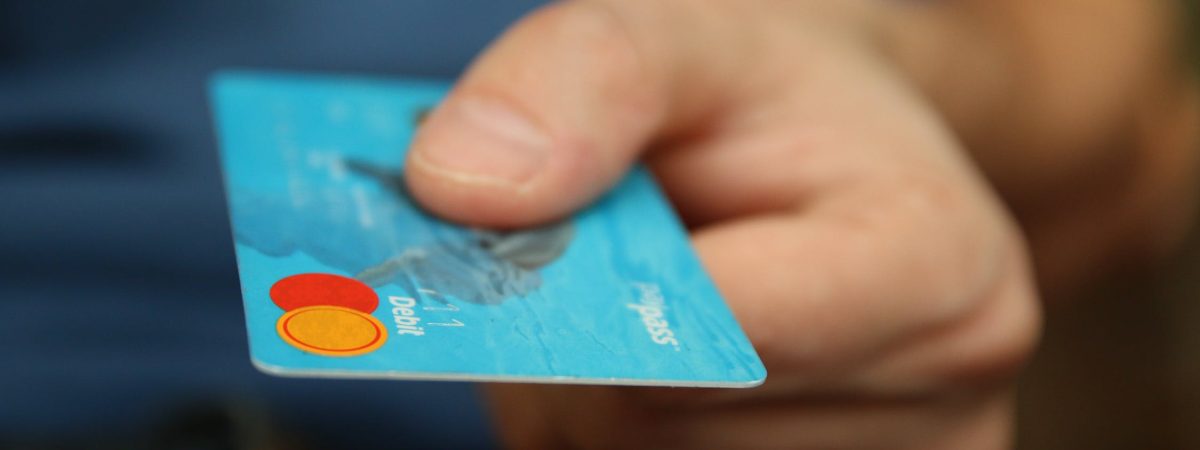
A consistent routine is an asset to your success
Some people are more routine-oriented than others. Life also has a habit of forcing us into routines, from your job schedule, kids’ extracurriculars, or general day-to-day responsibilities. Routine may sound boring or unpleasant, but there’s science behind why routines can help foster success in your work and personal life. In this issue of the Pulse, we explore the science of routines.
Routines are powerful tools.
According to Megan Edgelow , Assistant Professor in Health Sciences at Queen’s University in Ontario, routines “can support cognitive function, boost health and provide meaningful activities and social opportunities.”
That’s why, at the beginning of the pandemic, when everyone’s routines were being completely thrown off, many pointed to the value of developing and sticking to a new daily routine. Now, with hybrid work becoming the new normal, and new norms beginning to form in how we move about our daily lives, it may be time to craft a more permanent routine for ourselves once again.
Here’s why.
Your cognitive function will thank you.
Mental cognition is the brain function responsible for attention, knowledge acquisition, memory formation, memory storage, and the ability to reason. Edgelow explains that routine being built into “regular work processes allows workers to spend less cognitive energy on recurring tasks, which can support focus and creativity for more complex tasks.”
The belief here is that the little parts of your daily routines, such as small rituals, help set you up for a productive day.
“If taking medications at the same time and putting the keys in their spot is part of a daily routine, less energy will be spent looking for lost objects and worrying about maintaining one’s health, freeing up time for other things people want to do in their day,” Edgelow says.
Likewise, adding certain behaviors into your regular routine can improve cognition, research finds. The biggest benefits come from adding regular meditation, physical activity, and sleep to your routine. Likewise, adding these behaviors, particularly sleep and physical activity, will also promote better health.
How do you build a routine?
As previously stated, some people just come by routines more naturally than others. If you’re not one of them, how do you get in the habit of following a routine? How do you make routine routine?
Here are some practices that Edgelow recommends:
- Use a planner, either physical or on an application, to organize your daily activities and to-do list into a comprehensive schedule.
- Choose a regular time to wake up and to go to bed and try to stick to it most days of the week.
- Keep an eye out for meaningful activities that may be popping back up in your community, like a book club at the library or a social walking group.
- Be sure to make space for important personal fulfillment activities, like exercise and hobbies.
In conclusion…
It’s never too late to become a person with a routine. If you do, you may find yourself feeling more creative, more ready to take on complex tasks, and with more energy for things you love to do, outside of your responsibilities.










